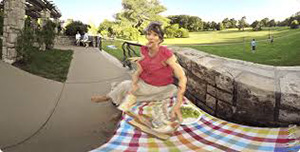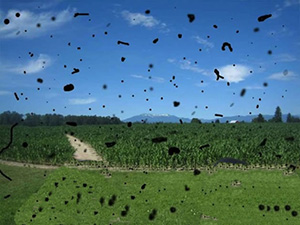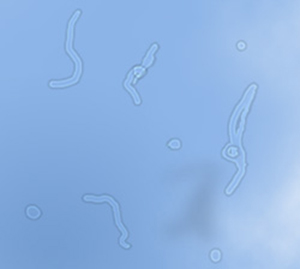Ojas Eye Hospital is the best retina hospital in Mumbai
As far as the disease conditions resulting in retinal impairment are concerned, most instances of detachment start with a retinal tear. Here and there it precedes full separation. It typically has similar side effects. In the event that your retina gets torn, the liquid inside your eye can spill underneath and isolate the retina from its basic tissue. That is retinal separation.
If you suspect there is a tear, go to the eye specialist. She can settle it in the workplace with a basic laser technique. On the off chance that you don't and it confines completely, you'll require more genuine surgery to repair it as s a part of an eye exam. The specialist will give you eye drops that extend your eye pupil (she'll call this widening your eyes). She'll utilize an extraordinary apparatus to investigate it and check whether your retina is confined. A retinal tear or another eye issue may cause: Floaters in your field of vision. Floaters are thick strands or bunches of strong vitreous gel that create as the gel ages and separates. Floaters frequently show up as dim spots, globs, strings, or specks. Floaters may likewise be caused by free blood or color from tears in the retina. Flashes of light or starts when you move your eyes or head. These are less demanding to see against a dull foundation.

The concise flashes happen when the vitreous gel pulls on the retina (vitreous footing). These flashes typically show up at the edge of your visual field. Having floaters or flashes does not generally imply that you are going to have a retinal separation, however you ought not to overlook these side effects. Call your specialist to talk about whether you need an eye exam.

In the event that you have new or sudden flashes or floaters, haziness over piece of your visual field, or another loss of vision that does not leave, call your eye specialist or customary specialist immediately. Floaters and flashes might caution indications of retinal separation. A sudden shower of what seem, by all accounts, to be hundreds or thousands of minimal dark spots over the field of vision is a particular indication of blood or potentially shade in the vitreous gel and may demonstrate a retinal separation. This requires quick therapeutic consideration. In uncommon cases, a retinal separation can happen abruptly.

The primary signs might be: A shadow or drape impact crosswise over piece of your visual field that does not leave. Since separations as a rule influence fringe (side) vision in the first place, you may not see an issue until the point that the separation has become greater. New or sudden vision misfortune. Vision misfortune caused by retinal separation has a tendency to deteriorate after some time. Sudden vision misfortune is a therapeutic crisis.
Tags = Retina treatment in India, Retina specialist in India, Retina Surgery In Mumbai, Best Retina hospital In Mumbai, Retina surgeon in Mumbai, Best Laser Eye Treatment in Mumbai, Retina Specialist in Mumbai, Retina Treatment In Mumbai
For More Detail https://www.retinaindia.in & https://www.ojaseyehospital.com/
We Also Deal in Cataract also. Click Here Cataract Surgery in India

Comments
Post a Comment